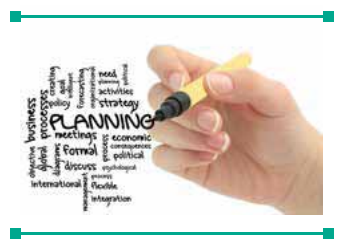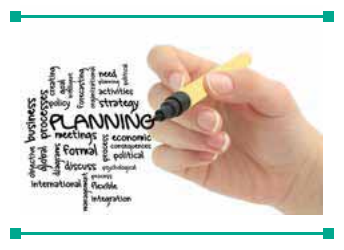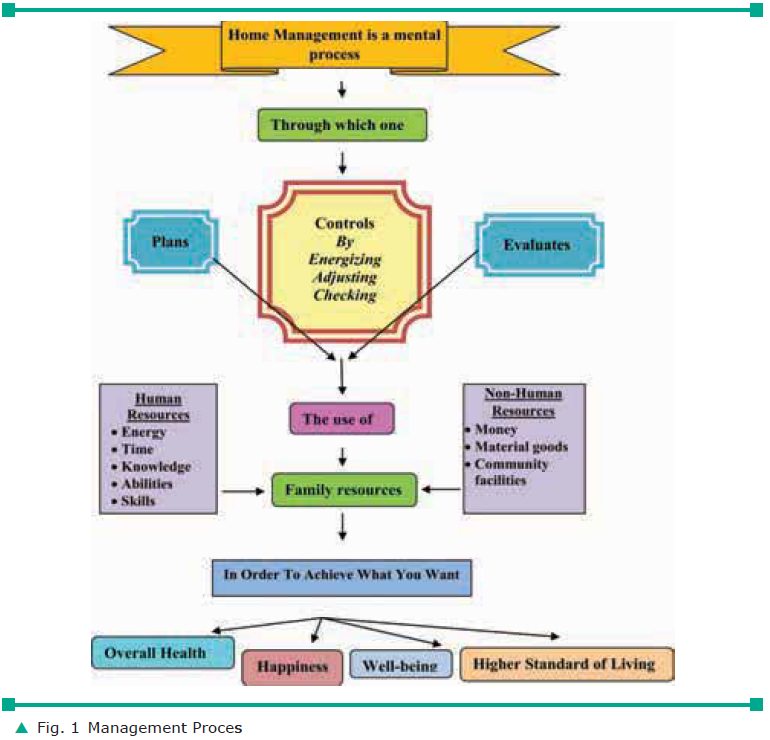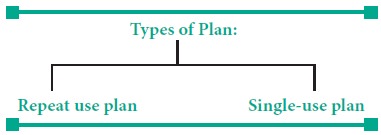Chapter: 11th Home Science : Chapter 7 : Family Resource Management
Definition and Concept of Family Resource Management

Family Resource Management
INTRODUCTION
The first contact for every individual in this
world is her/his family. The family is a socially recognized unit of people
united together by marriage, kinship or legal ties. Management in the context
on the family is the natural outgrowth of human asso-ciations and interactions.
Its ultimate aim is to provide for optimal development of its individual
members. Management of family allows us to overcome our indi-vidual
limitations. Through the combina-tion of individual efforts and resources, we
achieve far more than what we could do independently. Most families are not
aware of all the resources at their disposal, the quality and quantity of
resources that each family has, varies.
Definition and Concept of Family Resource Management
Resources can be defined as
anything we use to achieve what we want (our goals). In other words, they are
the materials and human attributes which satisfy our wants.
The concept of management involves planned use
of resources directed towards the achievement of desired ends. This involves
the weighing of values and the making of series of decisions.
In home management, a home in which goals
(ends) are being attained with some degree of satisfaction may be consid-ered
as well managed home where manage-ment is practiced in an orderly manner.
Home management is the vital fac-tor in every
family contributing to the overall health, happiness and well- being and higher
standard of living for the family members. In simpler terms, home management is
defined as the mental pro-cess of utilising the available resources to achieve
what you want in life.
Figure - 1 indicates that manage-ment is a process involving activities, through which
action is initiated and resources are used for achieving a goal. For this purpose, certain guidelines in the form of values,
goals and standards can be formulated by every manager. For sure attainment of
desired goals it becomes essential to plan, organise, coordinate and control
all the activities, so that the resources are not wasted.
Management Process:
· Management process
consists of five steps 1) Planning 2) Organizing 3) Directing. Controlling 5)
Evaluating and are dis-cussed below in detail.
1. Planning
Planning is very important to the success of
management process. It is basically working out ways or course of action to
achieve the goals. Planning can be habit-ual or conscious.

Planning involves thinking through the
possible ways of reaching a desired goal. It also involves developing a
sequence of actions within an overall organizational structure.
The entire task from beginning to its
completion must be viewed in whole. If the paths leading to the goals are easy
to see, the choice of the best plan can be made quickly. When the path is hard
to see due to some obstacle, the planner must find ways of overcoming them. As
children do not have enough experience, they can get the help of an experienced
adult to plan. The final act in planning is arriving at a decision. ‘It is the gate that releases action’.
Good planning requires the use of the powers
of thinking, memory, obser-vation, reasoning and imagination.

These powers, make it easier to plan and to meet
situations in everyday living. For example the following points should be borne
in mind while planning a birthday party.
·
The place or the venue of the party.
·
Number of invitees
·
Menu
·
How much money are we going to spend?
·
When are we going to have the party?
While planning, the following
points should be considered.
·
There should be a balance between the amount of resources
available and the demands or needs.
·
The decision should be made accord-ing to individual situations.
·
The plan should be realistic.
The plan should be flexible.

Single-use plan is one that is
devel-oped for a specific function, event or activity with the anticipation it
will not be used again. While repeat use plan is one that is
developed in the anticipa-tion, it will be modified and frequently used in
similar situations, for similar demands or events or to resolve like problems. Sequencing
is a phase of the planning component of management process in which all tasks
necessary to achieve the goal are placed in a logical order; the standards for
each task are established.
2. Organizing
Organising involves the performance of the
following tasks.
·
Division of work among employees (assignment of duties)
·
Delegation of authority (transfer of official rights by a
superior to his subordinate)
·
Creation of accountability (the sub-ordinate, to whom work has
been assigned and authority has been delegated, is made answerable for the
progress of work).
3. Directing
Directing the human resource does not mean the
process of issuing mere orders and instruction to the subordinate staff. It is,
in fact, the process of supervising, guiding and motivating the employees in
order to get the best out of them. By performing the directing function, the
human resource manager will also be able to get the whole –hearted support and
co-operation of all his subordinate staff. This help in the effective
attainment of the enterprise objective.
4. Controlling
Controlling is carrying out the plan. This
step calls for flexibility in think-ing. At times new decisions are required
which may result in changes in plan. For example: when the menus are planned
for meals, if certain things are not available during shopping a fresh decision
need to be made. The different phases of con-trolling are
·
Energising: This is initiating and sustaining the action. The individ-uals who are involved in
doing a particular task must be energized in order to get results. In spite of
hav-ing a good plan, sometimes imple-menting the plan would become difficult.
Here, the energizing func-tion would act as a catalyst.
·
Checking: This is a quick step
by step evaluation of the progress of a plan. To go to school on
time one has to get the clothes, the meals and books ready, which need checking
of time at all stages.
·
Adjusting: Adjusting is done in the plan if there is a need for fresh decisions to be taken.
This should be done taking into account the problem in hand and the resources
available. Getting into action, keeping the resources mobile and knowledge of
what is to be done are all important in this step.
5. Evaluating
This is a checking up process, which may help
one move forward. The efficiency of the process and the quality of the end
product are to be checked. When there is clear cut objectives it becomes easier
to evaluate the entire process. The suc-cess or failure of the plan must be evalu-ated
on the basis of the set goals. In case of failure the demerits of the plan may
be noted and rectified while making further plans. Evaluation can be general or
more detailed.
Thus management in the home is a dynamic force
in day to day living and is the administrative side of family liv-ing. The
steps in the management pro-cess are interdependent and interrelated for
efficient, effective and dynamic use of resources which leads to the proper
man-agement of the house, whereby goals are achieved to attain maximum
satisfaction.
Related Topics